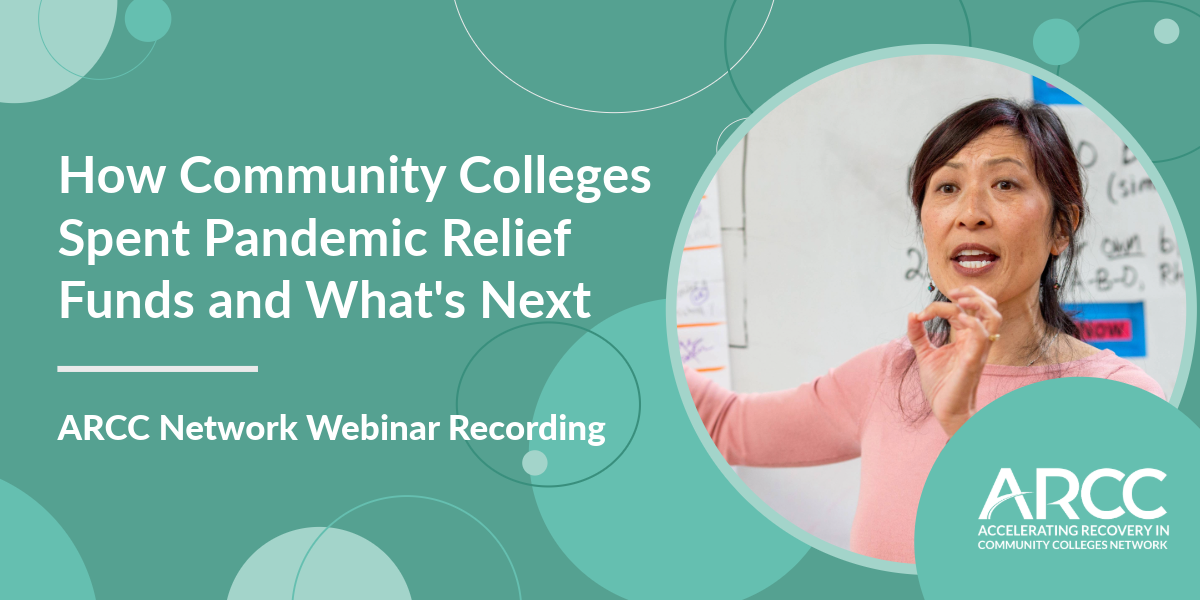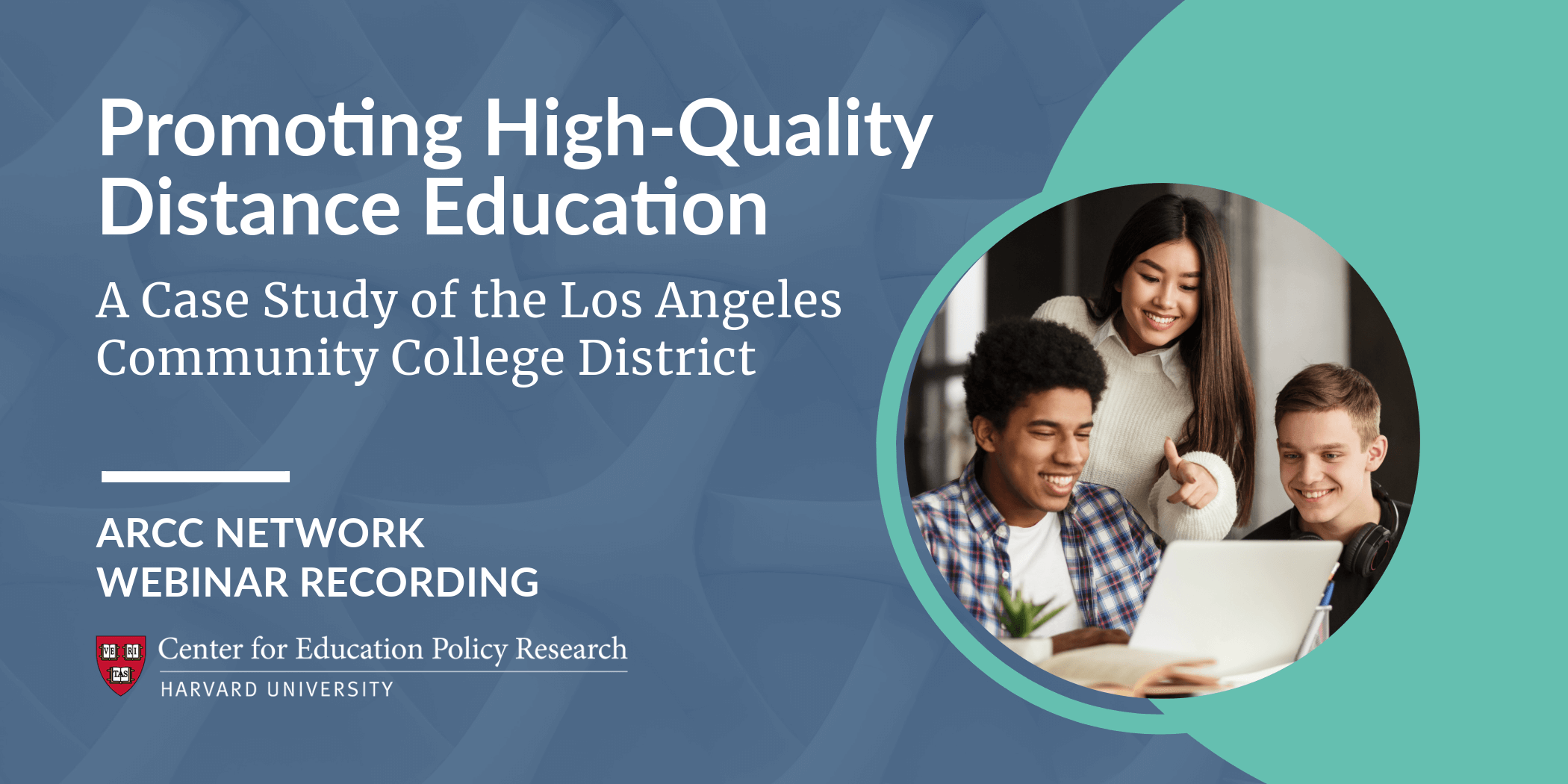The Tennessee Coaching Project: Coaching for Careers
This blog post explores research derived from two new data tools developed by the TBR team and delves into how success coaches have been trained to incorporate career and labor market information into their work with students.








